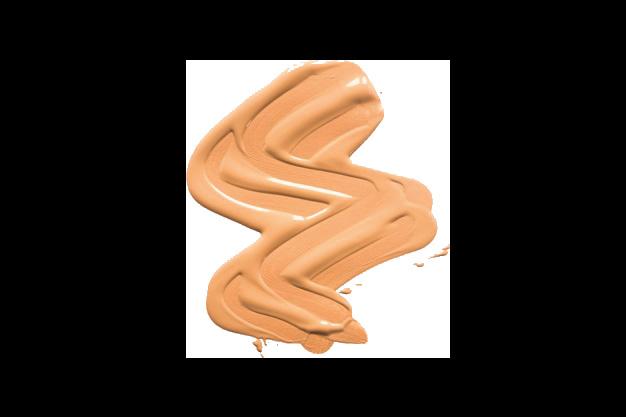
12 minute read
SURVIVE AND THRIVE
SUPPORT AND ADVICE
TO HELP YOU 5 new rules THROUGH CHEMO
CARLA FARIA WAS DREADING CHEMO, BUT SHE FOUND WAYS TO SURVIVE AND THRIVE AND LOOK TO THE FUTURE. HERE SHE SHARES THE RULES THAT GOT HER THROUGH...
Chemotherapy is full of surprises. There are the big, ugly ones, like hair doesn’t slowly thin, giving you time to say a wistful goodbye, but drops out in clumps, leaving your shower looking as though it’s been carpeted. And the smaller surprises, like there’s little point asking for anchovies on pizza because you won’t taste them anyway. It’s important to know this and, I’ve found, to be prepared... Chemo and its side effects are well documented, and I’d done my homework before starting my own treatment. I’d been diagnosed with grade 3, triple-negative cancer in my right breast. I’d had a mastectomy with implant reconstruction and knew that the type of cancer I had meant that I was looking at a hefty chemo regime. Four weeks post-surgery, I had healed well and was declared fit and ready to start my treatment.
Like many women who’d walked the path before me, I embarked on this peculiar chemical journey with trepidation. I dreaded the nausea, the fatigue and the hair loss and I was resigned to the idea of the menopause turning up early. I wasn’t much looking forward to it though. I also knew that life would inevitably
slow down. As an established professional in the media industry and a mother to two teenaged girls, life was never slow, and I loved it that way. I was used to tearing through life at warp speed, coffee in one hand, phone in the other, making decisions on the hop and multitasking like a demon. I wasn’t quite sure how well I’d adapt to a new, slower pace.
As soon as I started my treatment – a fierce four cycles of epirubicin and cyclophosphamide followed by another four of paclitaxel – it was clear that the hype was real. The anti-sickness medication staved off the worst of the nausea, but the fatigue was crippling. Keeping up my pre-chemo pace was not even on the table – there were days I would struggle to leave the sofa. That first cycle though, served as a test bed that allowed me to understand how chemo affected me. It let me try out a few ideas that had been ticking away at the back of my mind. What I discovered in the process wasn’t only surprising, it changed the game for me. Here’s what I learned...
1
MAKE UP MAKES A DIFFERENCE
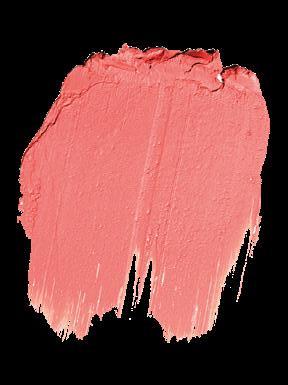
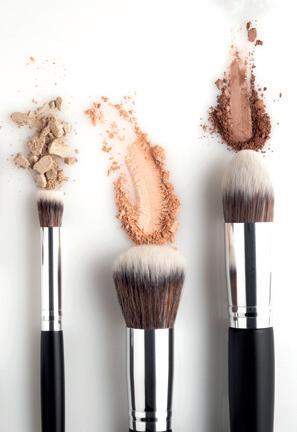
One morning, a few weeks after my first treatment, I caught sight of myself in a mirror. I was aghast at the sick person looking back at me. We steel ourselves for hair loss, but we don’t always realise how much a grey pallor and, in my case, thinning eye brows can contribute to a look that screams ‘invalid’. I grabbed my make up bag, added some volume and shape to my brows, slicked on a little eyeliner and a touch of blush and – boom! – I was back. From that day on, I did something that my pre-chemo self would probably have balked at. I put on make up every day. I didn’t go full Kardashian but wore just enough to give my face colour and definition. I looked like myself and because of that I felt more like myself.
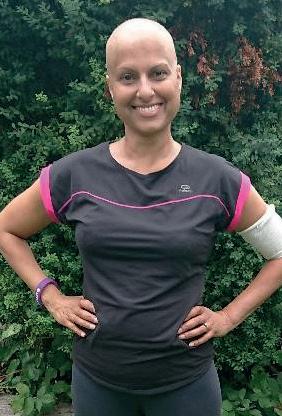
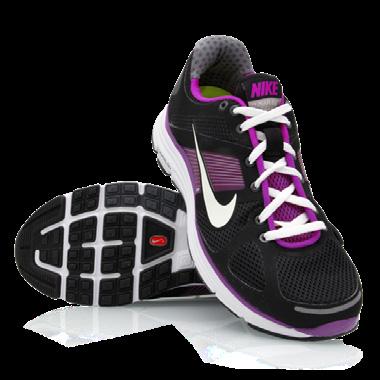
2
EXERCISE REDUCES THE INTENSITY OF SIDE EFFECTS
The depth of fatigue I felt in the days after treatment was bewildering. I’d never known anything like it. Tiredness was always something I’d either pushed through or solved with an early night and a long sleep. I quickly learned that tiredness and chemo-driven fatigue are different beasts. A friend who had been through chemo said that there were days she’d been too exhausted even to smile.
I’d read that chemo patients who regularly exercised experienced less fatigue and, often, less nausea too. I checked with my oncologist and he assured me that I was fit enough to resume exercise. He also said research had shown exercise could lessen the intensity of chemo side effects and reduce the risk of cancer recurring. I was sold.
The next morning, my trainers went on and out I went. I walked for 10 minutes. The following day I walked for 15 minutes and included a small hill on my route. The day after, I added on an extra couple of minutes. By the end of my first week I was walking for 20 minutes and had added some yoga stretches at the end. I kept it up and was astonished. My second chemo cycle, though not a breeze, felt much more manageable. The fatigue was there but not overwhelming and the nausea was all but gone. Most importantly, I felt emotionally stronger.
Putting one foot in front of the other day after day reminded me that I was strong and that in spite of the treatment, my body still worked.
3
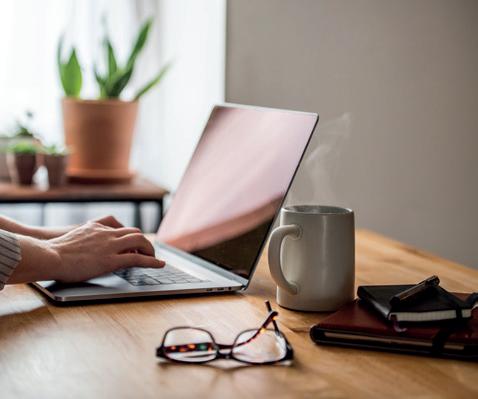
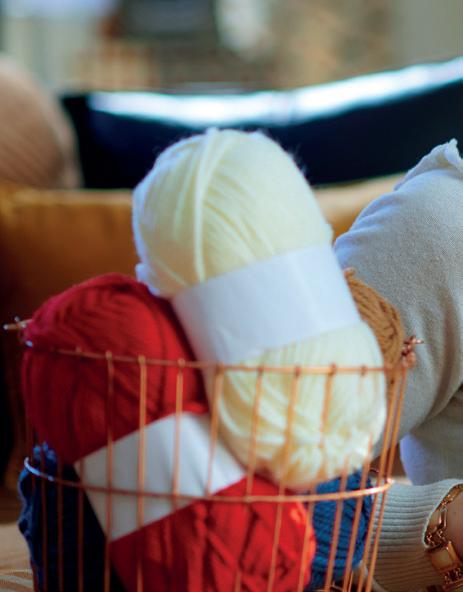
FIND A PROJECT (OR THREE)
In the days before starting chemo, my mind would flick back to my oncologist’s words: ‘People experience chemotherapy differently. Some feel almost no ill-effects and continue working as normal, while others really struggle. The vast majority fall somewhere in between.’
I didn’t know where on that spectrum I would fall, but I assumed it would be somewhere in the middle (and I secretly hoped for a little nudge towards ‘no ill-effects’). What I did know, was that regardless of how I might feel, I didn’t want chemo to be my sole project. I contacted a handful of my closest work contacts and explained that I didn’t know how well I would be and how this might affect what I would be able to do, but that I would love to be able to help with any small projects they might be working on. All of them responded quickly with some ideas of projects that would help them out but were not subject to a deadline. I felt like punching the air. I knew there would be days I wouldn’t be able to even think about work, but simply having a purpose beyond chemo made me feel great.
The projects need not have been work-related, of course. One friend knitted her way through chemo, determined to make cute berets for her daughter and her daughter’s friends. Another started a beauty blog. Another grew windowsill herbs. In each instance, those projects reminded the person that there were focuses beyond chemo that were deserving of their time.
4
BUILD YOUR DREAM TEAM
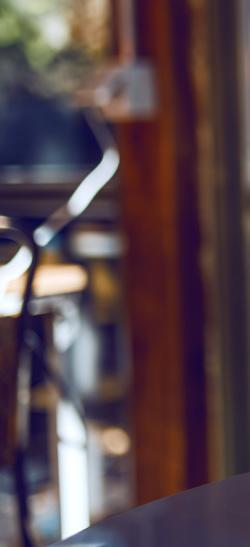
I remember reading somewhere, that everyone should have their own personal board of directors. The article in question was probably referring to professional life, but I’ve always rather liked the idea of having a team of wonderful humans around me, each of whom has a special role.
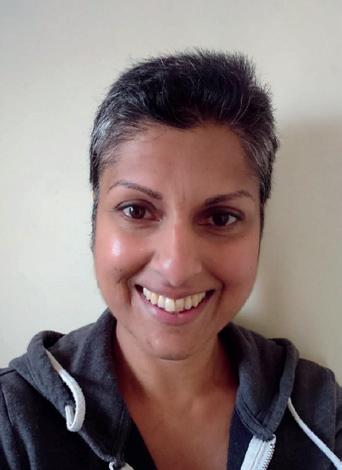
I found myself reworking this concept for my chemo experience and it ended up being a lifesaver. I assembled my own board of directors and I knew exactly when to call on them. I had my Director of Deep Discussions, my Head of Beauty and Wellbeing, my Director for Distraction and, of course, my Chief Comedy Officer. Each of them knew the small but crucial part they were playing and was eager to support.
Of course, the reality is that they were just being their wonderful selves, but at a time when my energy levels were swinging from ‘conquer the world’ to ‘sit and stare’, it was useful to know which board member to call on.
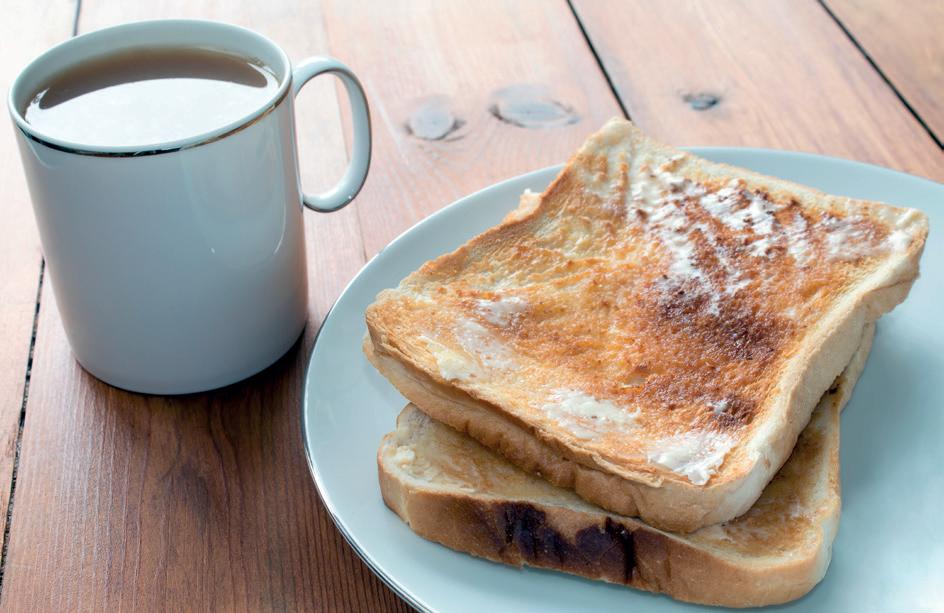
You might be interested to learn that my 14-year-old daughter still holds her post of Breakfast Briefing Chief. Every morning, she makes tea and toast and gives me the latest gossip. Our briefing session is never dull and is done and dusted in 20 minutes!
5
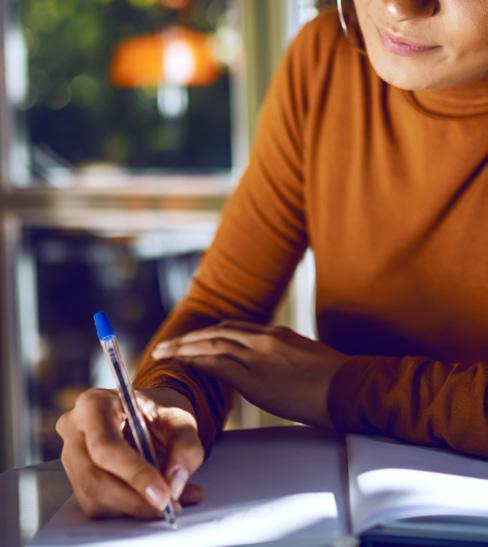
HAVE AN EYE ON THE FUTURE
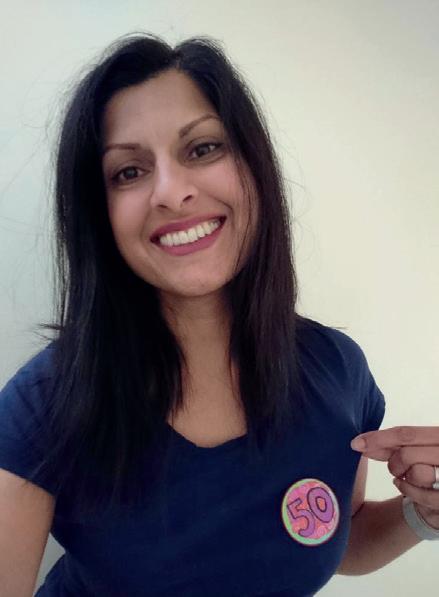
A big part of my own personal chemo fightback was thinking beyond chemo to the future. I wanted to think beyond what I was dealing with and picture myself busy and active and back to full strength. I realised it would be easier to do that if I could start to make arrangements for specific things I wanted to do or be part of. And so I started to plan.
I planned holidays and DIY projects. I even planned potential career moves. I researched, laid down some detail and got excited. I ran ideas past friends, adjusted them and started laying the groundwork. I was effectively telling myself, ‘This is just a temporary hiatus; it won’t be long before I can achieve this goal.’ I didn’t impose timelines on myself because, just like the degree of severity of side effects, the pace of recovery from chemo varies from person to person. What I was doing though, was visualising a more energetic, active time and assuring myself that it would come. That process of visualisation was incredibly powerful. It gave me a jump start on low-energy days and something to focus on when I was feeling great.
Chemotherapy is undeniably an onslaught. It’s an onslaught on mind, body and spirit and everyone who finds themselves on this journey needs to know that they are achieving something amazing simply by getting through it. What I discovered on my journey though, was that it was possible to do more than get through it. With the addition of some clever tactics and an adjustment of mindset, it was completely possible to thrive.
Keeping our cool
Cancer care has been hit particularly hard by the lockdown, with patients having their treatment delayed or even cancelled. With social distancing and other precautionary measures in place, this inevitably had an impact on scalp cooling. Claire Paxman, director of strategic initiatives at Paxman scalp cooling (left), discusses how the company has had to adapt and evolve...
How do you think patients’ quality of care has been affected by Covid-19? Hospitals and cancer units were making the best decisions they could, but a large number of patients were told that scalp cooling would not be an option. This added a lot of stress for those committed to retaining their hair during chemotherapy, in a situation that was already challenging.
Some of the saddest situations were for patients who reached out to us as they were coming to the end of many rounds of chemo, but were told they couldn’t continue to scalp cool, meaning hair loss was unavoidable after all that hard work. Luckily it became clear, with the support of UK Oncology Nursing Society, that scalp cooling was still a safe addition to chemo. Since early summer, things seem to have settled down again. We’re all aware of the impact that medical distancing is likely to make with an increase in cancer diagnosis in the foreseeable future, but for now scalp cooling is very much still an available option.
How has Paxman adapted to this? One of the biggest changes for patients through the pandemic has been that they were unable to take a loved one with them to their chemo sessions. We were determined to provide support and advice remotely to those people in this horrible situation.
Through digital technology we could help to ensure that patients felt as prepared as possible while reducing the amount of contact time required from clinical staff. We were able to explain scalp cooling, and the team was available for video calls. Now we have a selection of guidance materials, including our new website, coldcap.com, which has lots of information, including hair care advice, a decision-making guide to give an indication of the hair retention you can expect from your regime, guidance on what to expect from your treatment, as well as tutorial videos. These videos are a step-by-step guide on cap fitting and hair preparation, which has always been handled by nursing staff. Now patients have been able to take on this responsibility. This has made social distancing easier and given the patient a further feeling of being invested in the process – nobody cares more about achieving a good cap fit!
In many ways we have been able to provide more support to patients and medical teams during this year than ever before. We are continuing to adapt as the situation changes, but
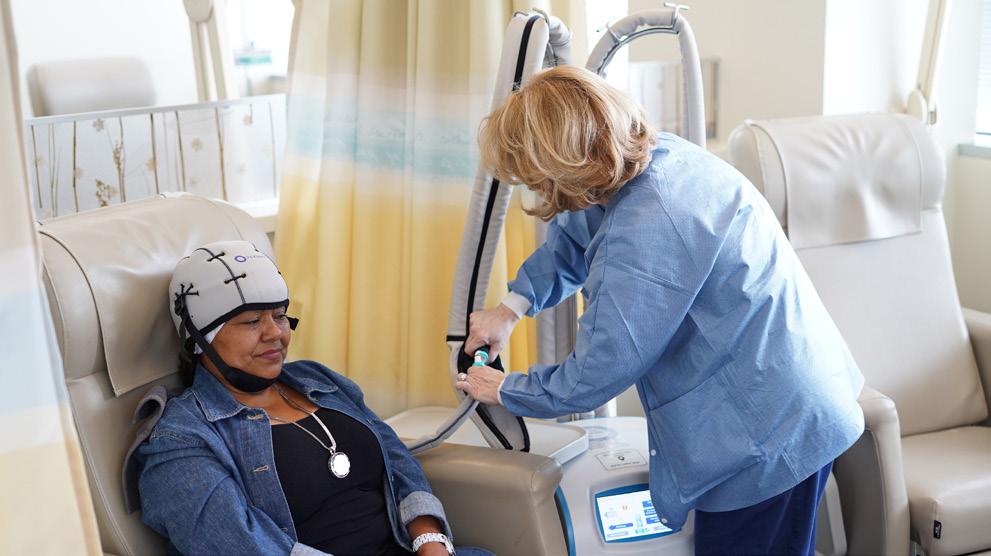
it has been a real pleasure to provide help in such uncertain situations.
What effect has it had on the company? We have been lucky in many ways to not see a huge disruption to our day-to-day working. We understand the impact that hair loss can have on a patient and so we were determined to do everything we could to ensure that scalp cooling was going to be an option for those going through chemotherapy.
Covid-19 has tested us, but we are so proud that we have pulled together to ensure that patients remain our focus. Our determination to ensure that anyone who wants to scalp cool can has not changed. A cancer diagnosis plunges a person into complete uncertainty. To have to go through that with the added uncertainty of a global pandemic is unimaginable.
It has been great to see how many people are engaging with us on social media and finding support from our private Facebook group (facebook.com/groups/PaxmanScalpCooling). It’s a really positive global community of people who have been or are scalp cooling. It’s somewhere that patients can speak to those who know exactly how it feels and find encouragement that can make a huge difference. It has been an honour to be able to have more to interactions than before.
How do you think they’ll change going forward? Patients are our complete focus, so we hope that this increased level of contact will continue. I have also begun a series of Facebook Lives (bit.ly/ ClaireandGuestsUK) where we have been focusing on the work of charities and organisations that we have the pleasure of working with, including You, Me and the Big C, the Laura Crane Youth Cancer Trust, and of course Future Dreams. We hope this has shone a light on the wonderful work that is being done by incredible charities, but also the support that is out there for patients.
The one certainty at the moment for all of us is uncertainty. But we will continue to embrace the challenge, keep a positive and open-minded approach and continue to work hard.










